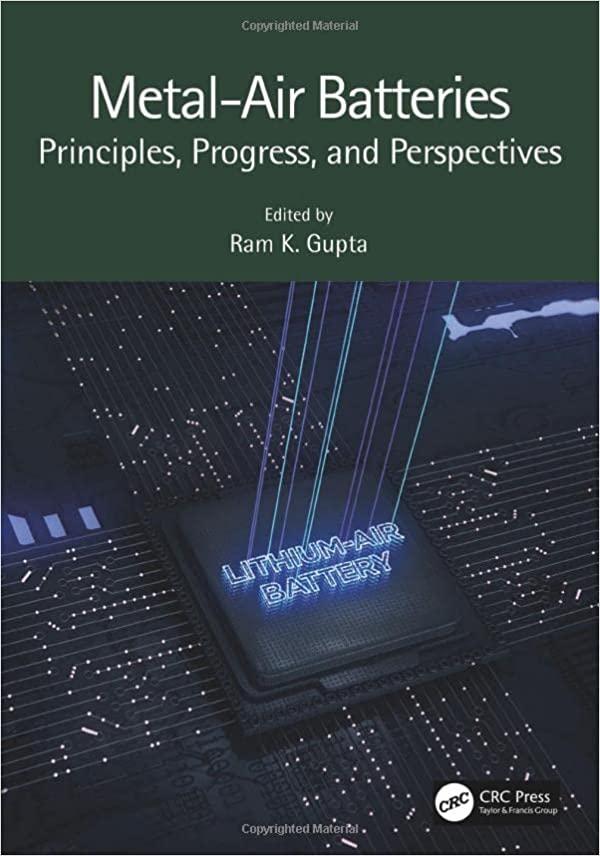Answered step by step
Verified Expert Solution
Question
1 Approved Answer
QUESTION 1 The process for producing cassava flour ( shown in the figure below ) involves mixing wet, mashed cassava with dried cassava flakes in
QUESTION
The process for producing cassava flour shown in the figure below involves mixing wet,
mashed cassava with dried cassava flakes in a : weight ratio and passing the mixture
through a granulator before drying using a spray dryer. The wet, mashed cassava contains
water wet basis and the dried cassava flakes contain water wet basis. There are no
losses from the material entering and leaving the granulator. The moisture content of the
final product cassava flour is negligible.
Calculate the following:
The amount of dried cassava flakes X kg entering the mixer and the amount of water
Z kg that must be removed by the spray dryer for every kg of cassava flour
produced.
The moisture content in mm wet basis to the nearest whole number of the
granulated paste fed to the spray dryer.
MARKS
QUESTION
A cold store is to be erected to maintain an internal temperature of oC with a surrounding
air temperature of oC It is to be constructed of concrete blocks cm thick and then cm
of polystyrene foam. The surface coefficients of heat transfer are JmsoC for the external
air and JmsoC for the internal air and the store is x x m high. Thermal conductivity
of concrete is JmsoC and for polystyrene foam JmsoC Ignoring the heat loss
through the floor, determine the rate of heat transfer in kW to the nearest whole number
into the cold store from its surrounding air.
q U A T
U hi zk zkho
MARKS
MIXER GRANULATOR SPRAY DRYER
Wet, mashed cassava Y kgXkg
water
Dried cassava flakes X kg
water
Water Z kg
Cassava flour kg
water
Granulated
paste
Page of
QUESTION
Apple juice at oC with total solids is being concentrated to total solids in a single
effect evaporator. The product moisture evaporates at oC while saturated steam is being
supplied at oC Condensate is released at oC The feed material enters the evaporator
at a rate of kgh A small amount of energy, kJh leaves the evaporator as losses to
the surrounding environment. The overall heat transfer coefficient is WmoC The
specific heat of the feed is kJkgoC and of concentrated product is kJkgoC Calculate:
The steam economy mvms for the evaporator.
The area of heat transfer for the evaporator in m to two decimal places.
Rate of heat transfer q UATs T msHvs Hcs
MARKS
QUESTION
kgmin of air, originally at oC dry bulb temperature and oC wet bulb temperature is
heated to oC dry bulb temperature and then used in drying by passing consecutively over
shelves containing diced apples in a tray dryer. The following conditions are applicable to the
dryer:
After the first drying cycle in the first shelf, the air regains its original dry bulb
temperature oC
After the first drying cycle, the air is reheated to oC dry bulb temperature and used
for the second drying cycle in the second shelf.
After the second drying cycle in the second shelf, the air regains its original dry bulb
temperature oC
After the second drying cycle, the air is mixed with another stream of air named X to
produce a resultant air stream which has a dry bulb temperature of oC and moisture
content of gkg dry air. The weight of air stream X is half that of the air obtained
after the second drying cycle.
On a copy of the psychrometric chart, show and clearly label the following:
The two air heating processes
The two drying cycles
The position of air stream X
Determine the total rate of removal of water in kgs to decimal places from the
diced apples in the tray dryer.
Estimate the moisture content and the specific volume of air stream X
MARKS
Step by Step Solution
There are 3 Steps involved in it
Step: 1

Get Instant Access to Expert-Tailored Solutions
See step-by-step solutions with expert insights and AI powered tools for academic success
Step: 2

Step: 3

Ace Your Homework with AI
Get the answers you need in no time with our AI-driven, step-by-step assistance
Get Started


